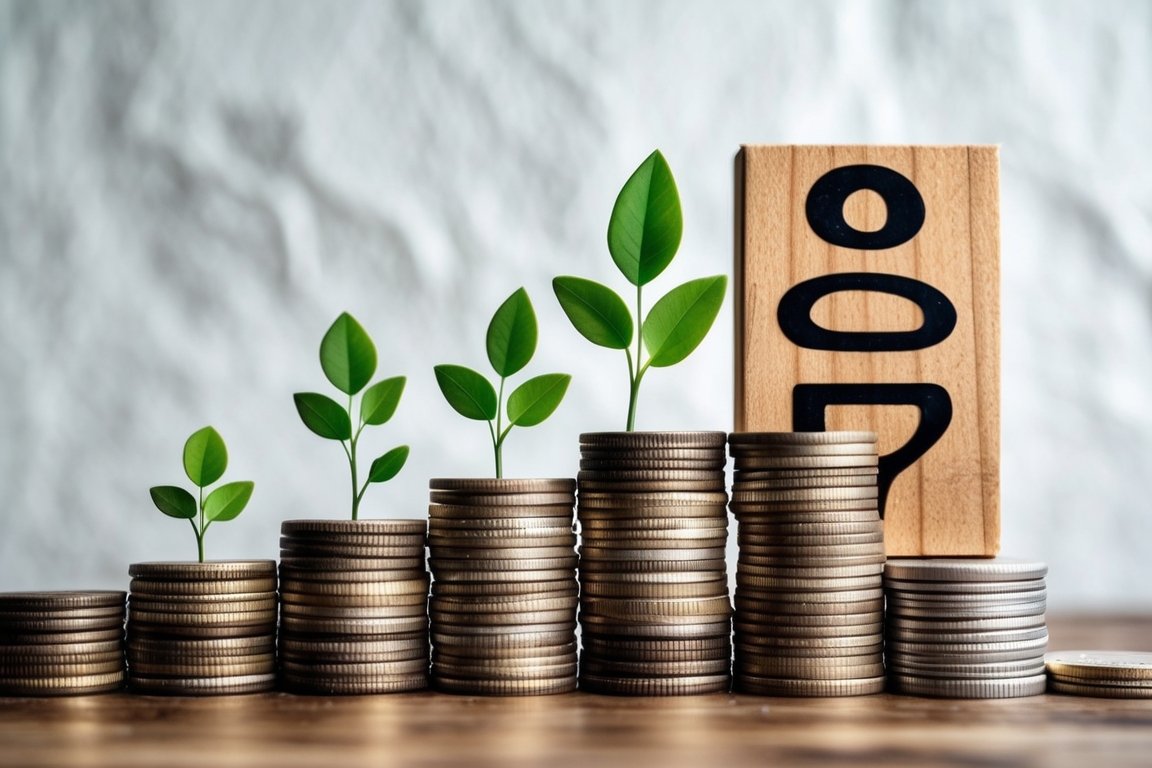For many people, the journey to financial freedom feels like a tug-of-war between two major goals: paying off debt and building wealth. Should you funnel every extra dollar toward your student loans, credit cards, or mortgage? Or should you invest now to let compound interest start working in your favor?
The truth is, you don’t have to choose one over the other. With smart planning and a balanced approach, you can do both—and come out stronger financially.
Understanding the Dilemma
Debt repayment and wealth-building often feel like competing priorities, but they both matter:
- Paying off debt reduces your liabilities, improves credit, and frees up future income.
- Building wealth increases your assets through savings, investments, and retirement planning.
The key is finding the right ratio for your lifestyle, goals, and risk tolerance.
Step 1: Know Your Numbers
Before you can build a plan, take a financial inventory:
- Total debt: List all balances, interest rates, and minimum payments.
- Monthly income: What you take home after taxes.
- Essential expenses: Rent, groceries, transportation, utilities.
- Savings and assets: Retirement accounts, emergency fund, investments.
Once you have these numbers, you’ll be better equipped to decide how much you can allocate toward debt and how much you can put toward savings or investments.
Step 2: Prioritize High-Interest Debt
Not all debt is created equal. Focus first on high-interest debt—like credit cards or payday loans—because it can quickly snowball.
For example, paying off a credit card with a 20% interest rate is essentially earning a guaranteed 20% return. That’s far better than most investment returns.
Use methods like:
- The Avalanche Method: Pay off highest-interest debt first.
- The Snowball Method: Pay off smallest balances first to build momentum.
Make more than the minimum payments if possible, and once a debt is gone, redirect those payments into savings or investing.
Step 3: Build a Starter Emergency Fund
Before going all-in on debt payments, set aside a starter emergency fund of $1,000–$2,000. This prevents you from falling back into debt if an unexpected bill or emergency comes up.
Once you’ve paid down some debt, aim to grow this fund to 3–6 months of living expenses.
Step 4: Contribute to Retirement—Even While Paying Off Debt
If your employer offers a 401(k) match, contribute at least enough to get the full match. That’s free money and a guaranteed return on your investment.
Even if you’re aggressively paying down loans, contributing to retirement helps you avoid playing catch-up later. Time is your biggest ally when it comes to building wealth through compound interest.
If you’re self-employed or your employer doesn’t offer a retirement plan, consider opening a Roth IRA or Traditional IRA based on your income and tax situation.
Step 5: Automate Your Strategy
To stay consistent, automate your financial plan:
- Set up autopay for all debt payments (minimums + extra payments).
- Automate savings or investments with every paycheck.
- Use budgeting apps like YNAB, Mint, or Rocket Money to track progress.
When you don’t have to think about it, you’re more likely to stick with it.
Step 6: Increase Your Income (and Avoid Lifestyle Creep)
Want to speed up both debt payoff and wealth-building? Increase your income through side gigs, freelance work, or career advancement.
The trick is to maintain your current lifestyle while directing any extra income toward your goals. Avoid inflating your expenses when you get a raise or bonus—use it strategically.
Step 7: Reevaluate Regularly
As you pay off debt and your financial situation improves, adjust your strategy:
- Increase contributions to retirement or brokerage accounts.
- Save for long-term goals like a home, education, or travel.
- Reduce your debt repayment aggressiveness once high-interest balances are gone, and put more into investments.
The goal is flexibility and progress, not perfection.
The Bottom Line
You don’t have to choose between paying off debt and building wealth. By understanding your finances, setting priorities, and building a flexible plan, you can reduce your liabilities while growing your assets—creating a balanced, sustainable path to financial freedom.
Remember: wealth isn’t just about having money—it’s about having options. And every smart financial decision you make today is a step toward a more secure, empowered future.





